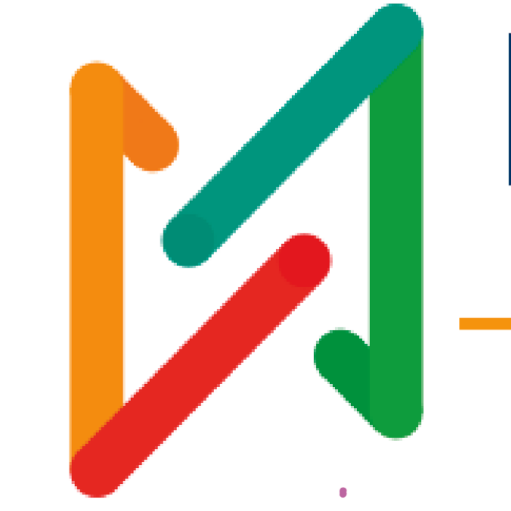Barcodes have a wide range of uses across various industries and applications. Here are some common uses of barcodes:
Easylib Barcode Print
Add Barcodes to Queue
Generates Barcodes from Queue
- Product Identification and Tracking: Barcodes are widely used to uniquely identify products and items. They are printed on product labels, packaging, or tags and allow for efficient tracking throughout the supply chain. Barcodes enable accurate inventory management, stock control, and automated data capture.
- Point of Sale (POS) and Retail: Barcodes play a crucial role in the retail industry, facilitating fast and accurate checkout processes. Products with barcodes can be quickly scanned at the point of sale, providing pricing and inventory information. This helps improve efficiency, reduce human errors, and streamline sales transactions.
- Inventory Management: Barcodes are used to track and manage inventory in warehouses, distribution centers, and retail stores. By scanning barcodes on incoming and outgoing products, inventory levels can be accurately updated, and stock movements can be easily monitored. This helps prevent stockouts, optimize reordering, and improve overall inventory accuracy.
- Asset Tracking and Management: Barcodes are used to track and manage fixed assets, such as equipment, tools, or machinery. Each asset is assigned a unique barcode, enabling organizations to accurately record asset details, track their location, monitor maintenance schedules, and streamline asset management processes.
- Library and Document Management: Barcodes are employed in libraries and document management systems to streamline check-in/check-out processes, track borrowed items, and manage large collections. Each book or document is assigned a barcode, allowing for quick identification, inventory control, and automated tracking of loaned materials.
- Healthcare and Patient Identification: Barcodes are used in healthcare settings for patient identification, medication tracking, and medical record management. Patient wristbands or ID cards with barcodes can be scanned to access medical records, administer medications, or verify patient identity, enhancing patient safety and improving workflow efficiency.
- Event Ticketing and Access Control: Barcodes are printed on event tickets or access cards to control entry and track attendance at concerts, sporting events, conferences, or exhibitions. Scanning barcodes at entry points allows for quick verification and enhances security by preventing unauthorized access.
- Mobile Payments and Loyalty Programs: Barcodes can be displayed on mobile devices as digital barcodes or QR codes to facilitate mobile payments and loyalty program participation. Customers can scan their barcode at the point of sale to complete transactions or redeem loyalty rewards, eliminating the need for physical cards or vouchers.
- Supply Chain and Logistics: Barcodes are extensively used in logistics and shipping to track packages, pallets, and containers. Each shipment is assigned a unique barcode, enabling real-time tracking, accurate routing, and efficient delivery management.
- Time and Attendance Tracking: Barcodes are employed in time and attendance systems to track employee attendance. Employees can scan their unique barcode or ID card at designated terminals, recording their entry and exit times, facilitating accurate attendance records and efficient payroll processing.
These are just a few examples of the many uses of barcodes across various industries. Barcodes provide a cost-effective, reliable, and efficient means of data capture, identification, and tracking, enabling businesses and organizations to improve operational efficiency, reduce errors, and enhance overall productivity.

